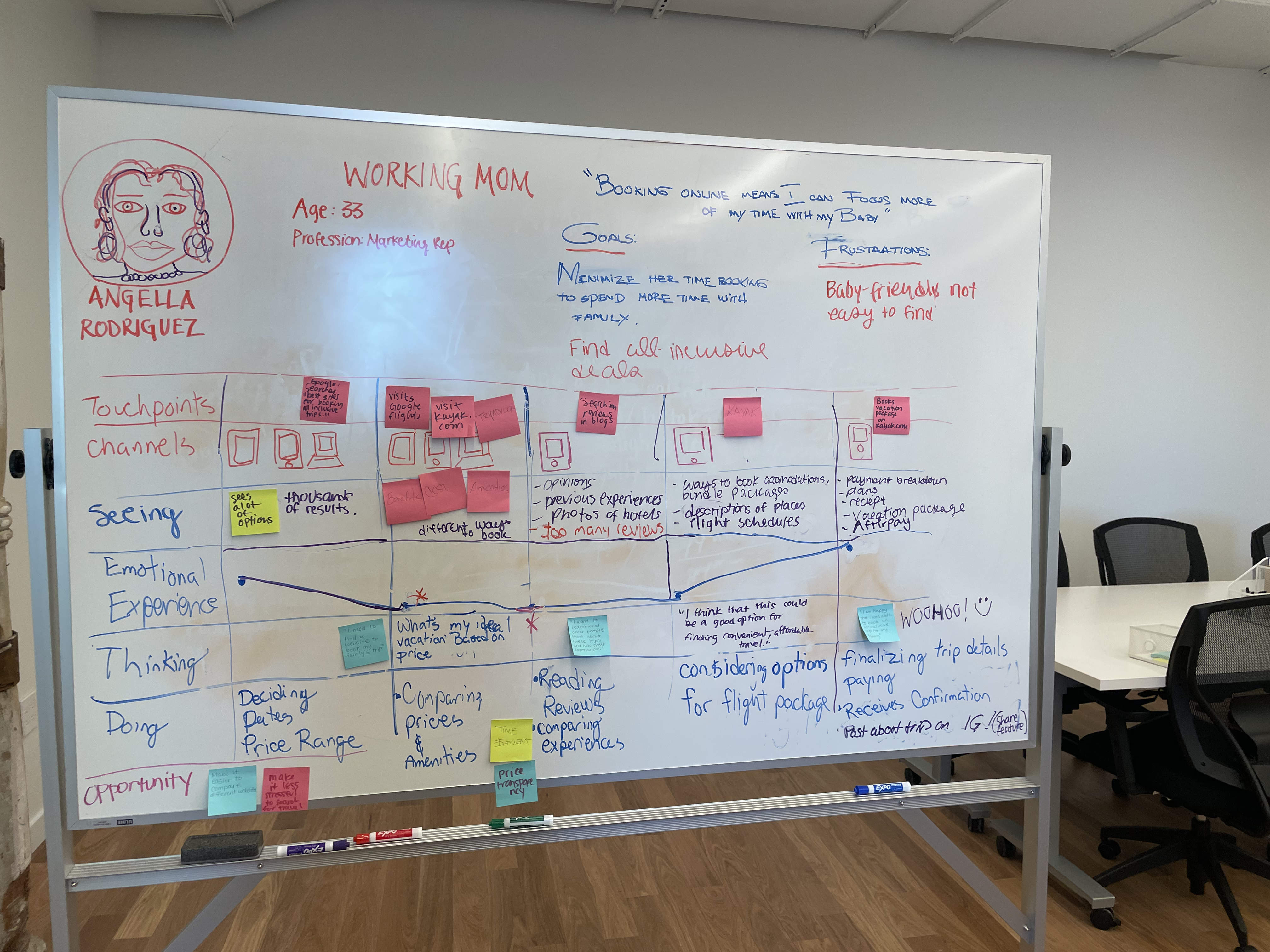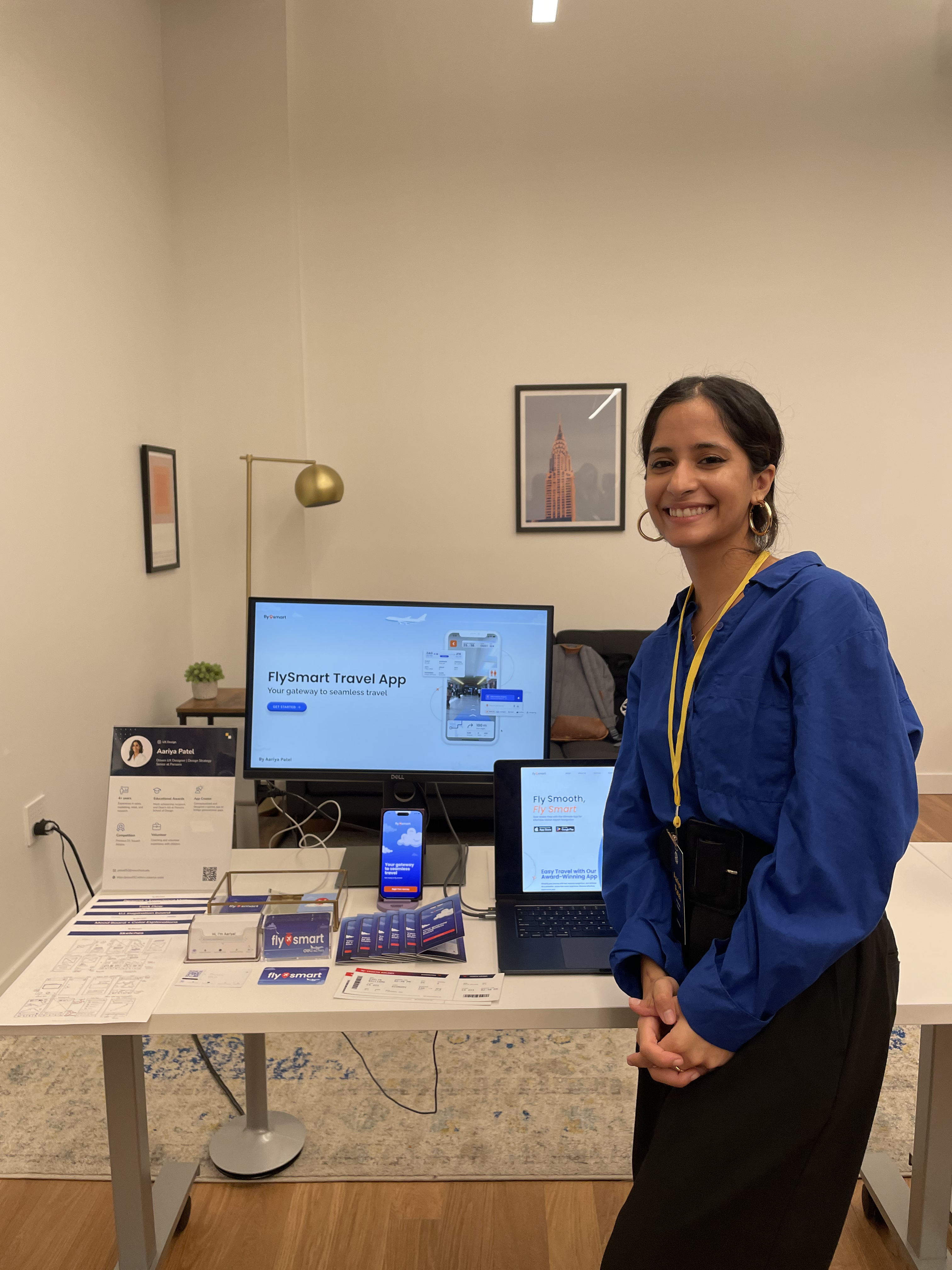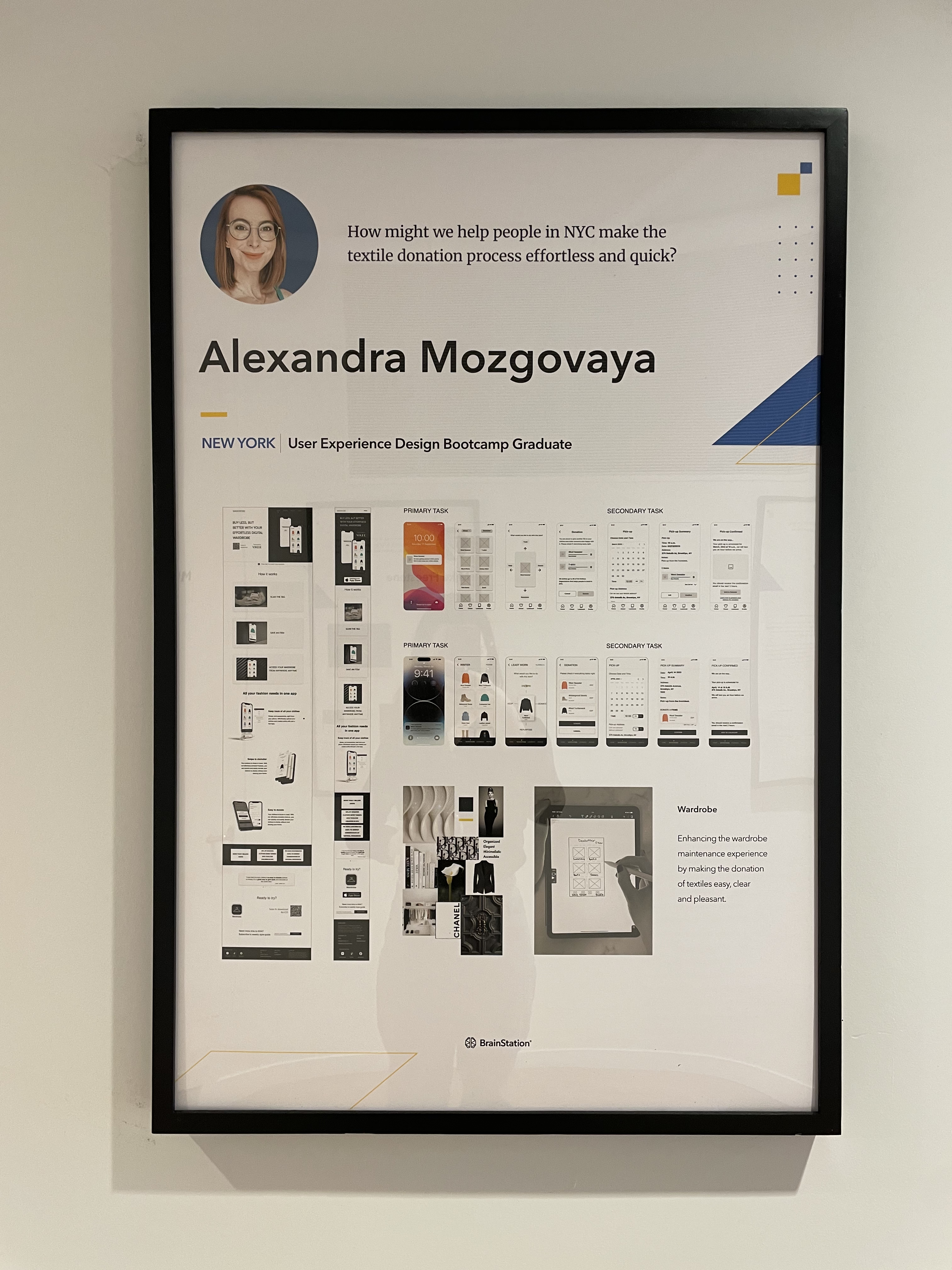Supporting the next generation
of UX talent
In 2021, I stepped into a new role as a UX design educator at BrainStation — just as the pandemic was reshaping how we work, learn, and connect. It was an unexpected opportunity; I was still early in my design career and hadn’t imagined myself teaching yet.
But from the very first class, I felt completely energized. What started as a pivot quickly became one of the most rewarding and transformative experiences of my life — both personally and professionally.
Over the course of nine bootcamps, I taught more than 230 students grow into confident designers. And in the process, I discovered how much I love mentorship, collaboration, and creating spaces where people feel supported and excited to do their best work.


